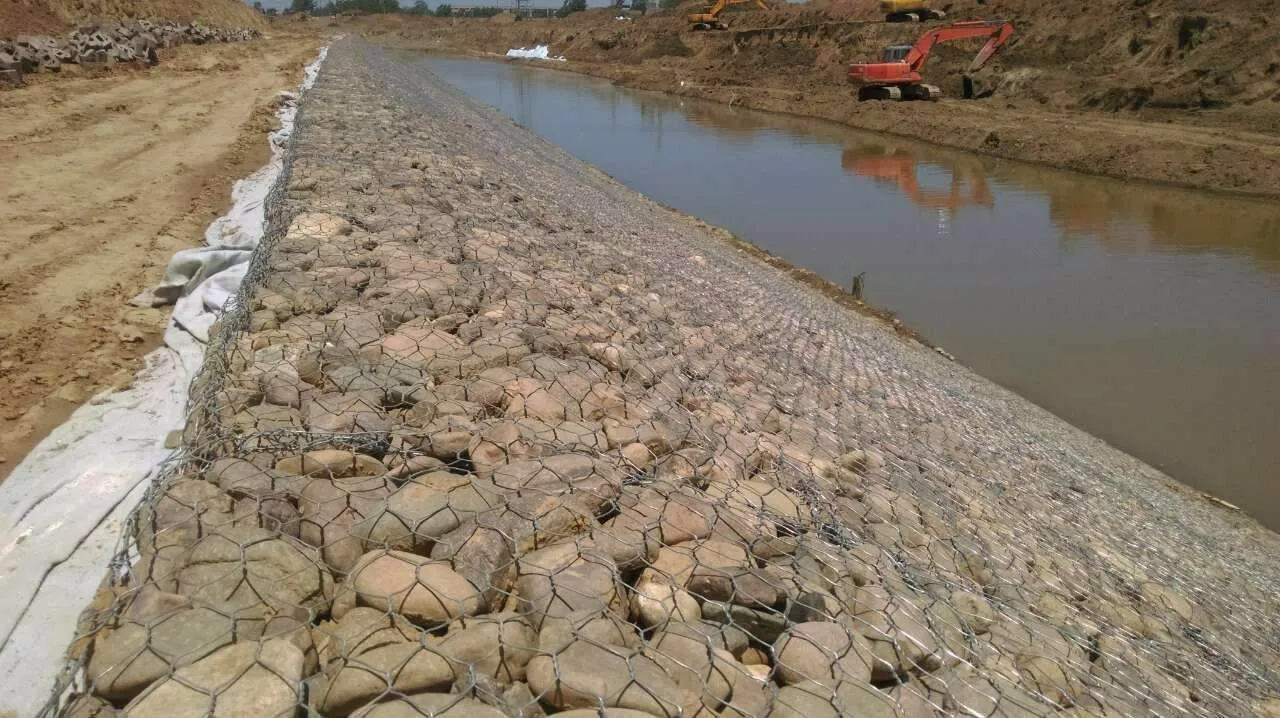-
 Phone:
Phone: -
 Email:
Email:

rockfall protection netting
Rockfall Protection Netting An Essential Safety Measure
Rockfall protection netting plays a crucial role in ensuring safety in mountainous and steep terrain regions, where loose rocks and debris pose significant dangers to both human activity and infrastructure. These protection systems are designed to prevent falling rocks from reaching roads, railways, and inhabited areas, thereby minimizing risks and maintaining the integrity of the environment.
The need for rockfall protection arises not only from natural processes but also from human activities such as mining, construction, and tunneling. As the environment is disturbed, the stability of rock formations can be compromised, leading to unexpected rockfalls. Furthermore, weather conditions such as heavy rainfall, freeze-thaw cycles, and seismic activities can exacerbate these risks, making robust preventative measures essential.
Rockfall protection netting provides a solution through its ability to absorb energy and catch falling rocks, effectively creating a shield. These nets are typically made of high tensile steel wires, which provide durability and strength, crucial for withstanding impacts from falling debris. The installation of these nets is often accompanied by additional structures like drape systems, mesh nets, and even concrete barriers to enhance the overall protection scheme.
There are various types of rockfall protection nettings available, each suited for different kinds of terrain and rockfall scenarios. For instance, flexible nets are commonly used in areas prone to frequent rockfalls, as they can adapt to the natural contours of the slope. Meanwhile, semi-rigid and rigid systems are deployed in situations where rockfall energy is expected to be high, requiring more substantial mitigation measures.
rockfall protection netting

The design and installation of rockfall protection systems involve comprehensive assessments by geotechnical engineers. They evaluate the specific conditions of the site, including rock type, slope angle, and historical rockfall occurrences. This assessment helps in determining the appropriate netting solution, ensuring optimal safety and effectiveness.
In addition to enhancing safety for transportation networks and surrounding communities, rockfall protection netting contributes to environmental preservation. By preventing debris from reaching sensitive ecosystems, these systems help maintain biodiversity and protect local wildlife habitats. Moreover, by limiting rockfall incidents, they also minimize the environmental degradation that often accompanies such events, allowing vegetation to thrive and stabilize slopes naturally.
As technology advances, rockfall protection systems are evolving as well. Innovations in materials and engineering design are leading to lighter, more efficient, and environmentally friendly netting options. These advancements not only improve safety but also reduce installation and maintenance costs, making rockfall protection more accessible for various applications.
In conclusion, rockfall protection netting is an indispensable component of safety measures in rocky terrains. By effectively mitigating the risks associated with falling rocks, these systems protect lives, infrastructure, and the environment. As our understanding and technologies improve, we can look forward to even more effective solutions to tackle the challenges posed by rockfalls in our landscapes.
-
Wire Mesh for Every Need: A Practical SolutionNewsJul.25,2025
-
Steel Fences: Durable, Secure, and Stylish OptionsNewsJul.25,2025
-
Roll Top Fencing: A Smart Solution for Safety and SecurityNewsJul.25,2025
-
Cattle Farm Fencing Solutions for Maximum SecurityNewsJul.25,2025
-
Affordable Iron Binding Wire SolutionsNewsJul.25,2025
-
Affordable Galvanized Wire SolutionsNewsJul.25,2025
-
Wire Hanger Recycling IdeasNewsJul.25,2025








